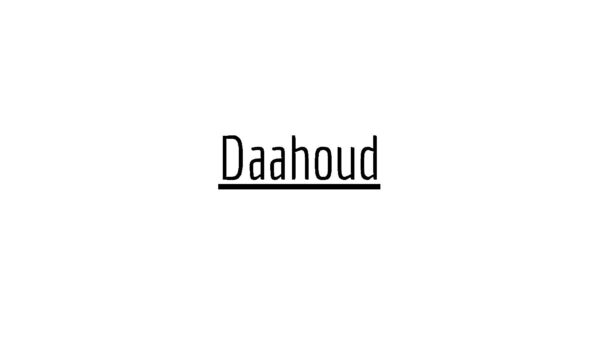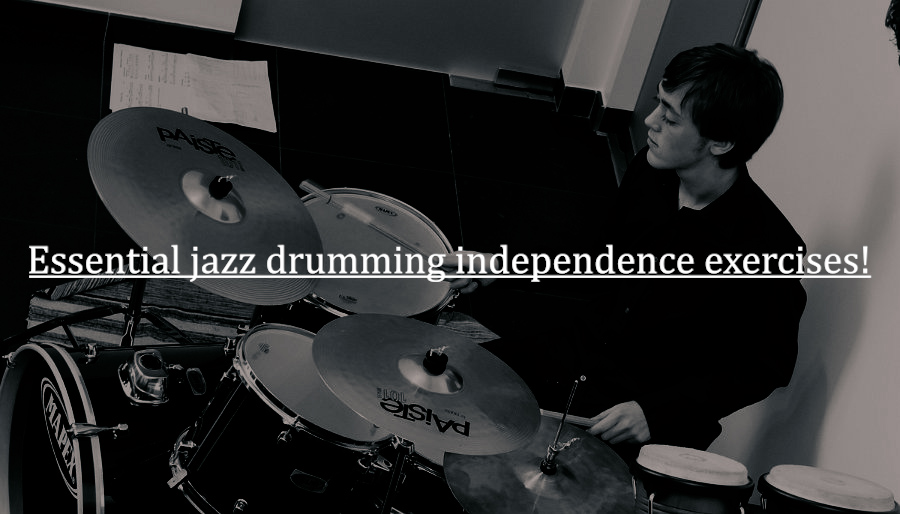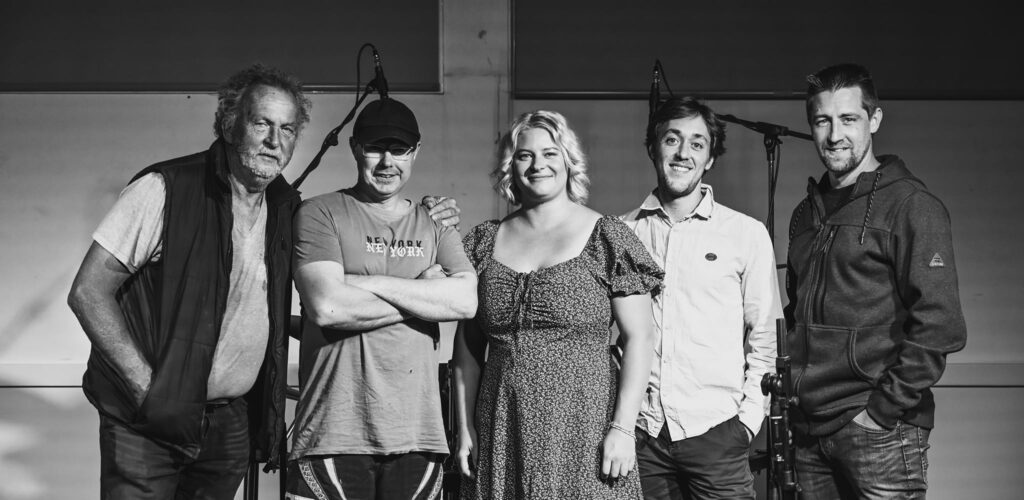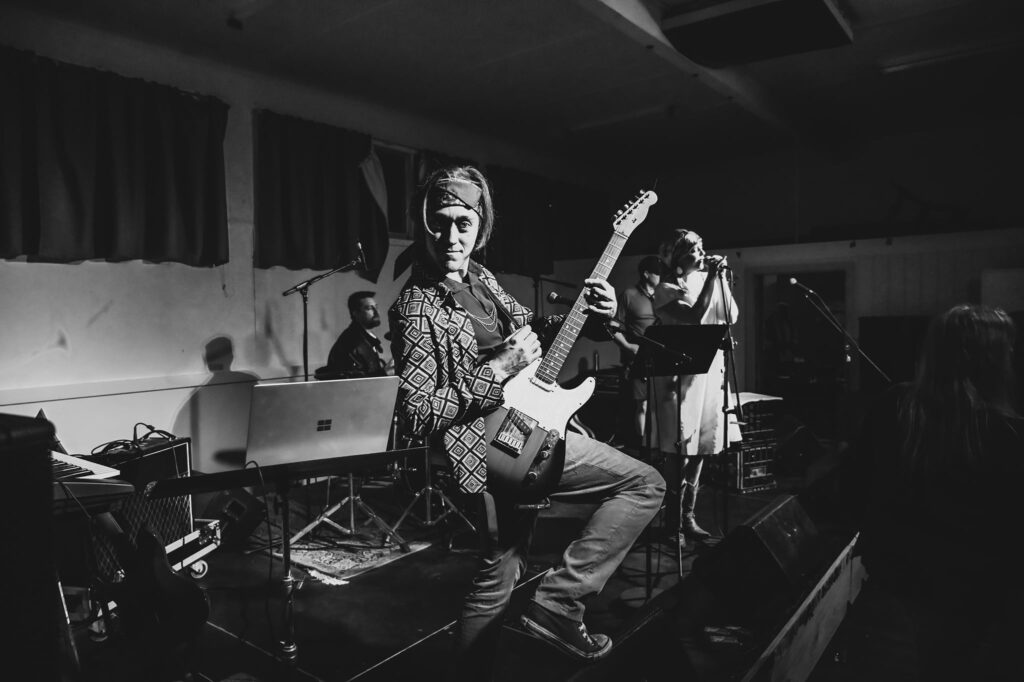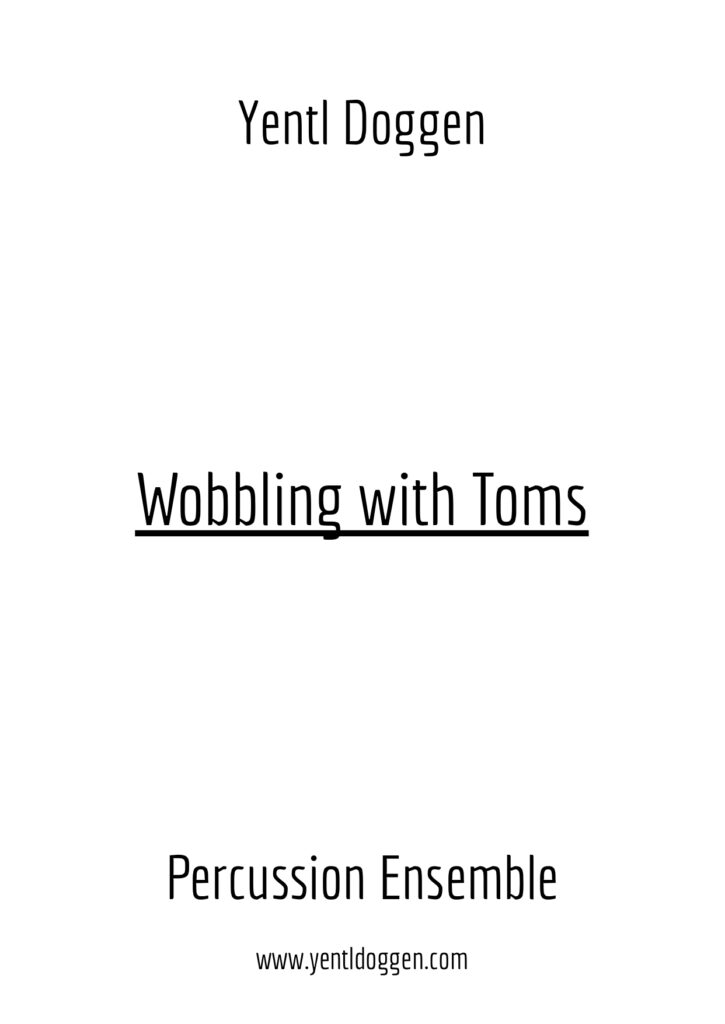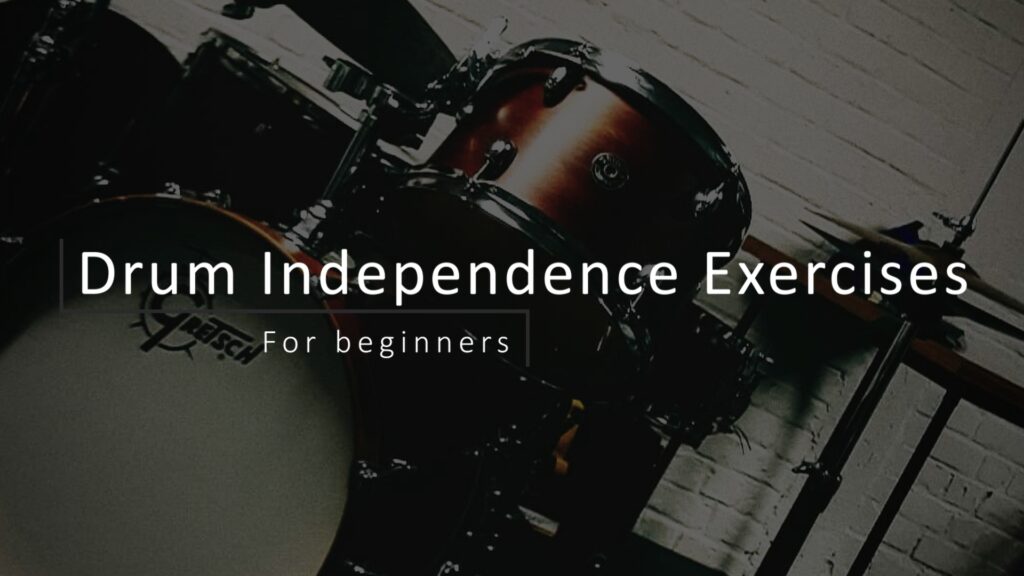Drum Transcriptions, Music
Daahoud – Max Roach – Drum Transcription
In 2017, I finished two university degrees at the Luca School Of Arts in Leuven, Belgium. My first degree is a master’s degree in drums and percussion. The second degree is a bachelor’s in jazz studies. As a part of graduating in jazz, I researched the link between four Max Roach drum solos and their jazz standard’s melody. I wrote the initial document in dutch, although, over time, I converted these to English. Here you can download the (free) PDF for the drum transcription of Daahoud, one of the Max Roach drum solo’s I analyzed. Below that, I will include a brief analysis of the drum solo. If you have any questions, send me a message on the contact page or leave a comment!
Analysis of the Daahoud drum transcription by Max Roach:
Daahoud is an AABA jazz standard written by Clifford Brown and made famous by the Capitol recording of the 1954 album; Clifford Brown & Max Roach. However, seven years after Brown’s fatal car crash in 1956, an album named Daahoud was released on Mainstream Records containing several alternate takes, including a recording of Daahoud. Personnel on the first Clifford Brown (trumpet) and Max Roach (drummer) album are; Harold Land on tenor saxophone, Richie Powell on piano and George Morrow on double bass. The recording of Daahoud and the album are typical of the band’s Hardbop music style. In addition, the album is famous as one of the strongest studio albums up to that time (Ben Ratliff, New York Times). Next to Jordu and Joy Spring from the same album, the track became well-known.
Macroscopic analysis of Daahoud:
From a macroscopic point of view, we can say that the drum solo on Daahoud aims at following a clear structure. All the motifs start from a 4-bar division except for the last A, which follows an 8-bar division. The B section of the solo is delineated with a continuous line of triplets. Max Roach uses his typical motifs and plays almost continuously in this drum solo. The tempo stays at about 240 beats per minute (BPM).
Microscopic analysis (first 3 bars):
The first three bars Max Roach plays in this solo can easily be linked to the opening melody. The melody starts low and rises to a higher register. From there, it concludes in the middle register between the two extremes. Within the solo, we can see how this figure returns where Roach starts on the low register of his drum set, the floor tom. From there, he moves immediately to his high tom and ends on the middle register with his snare drum. The three figures are each closed with an oppressive accent.
Microscopic analysis (bars 5 and 6):
The fifth and sixth bars of the drum solo in Daahoud are not directly related to the melody. Both rhythmically and melodically, there seems to be little to no connection. However, since both measures fit rhythmically, it is possible to distinguish between them. Max Roach starts on the high tom, followed by a bass drum, which continues to the floor tom. What follows are three notes on the snare drum that begin with an accent. In the next bar, he melodically conveys a different feeling. Max continues the snare drum and gives an accent on the first beat. Here too, we see a bass drum immediately after. When we reach for the floor tom in measure five, we see an accent here on the high tom. Two snare drums have replaced the three snare drums with a closing accent on the floor tom.
I made an excerpt for this bar because Max Roach, in his Daahoud drum solo, often repeats the same rhythmic patterns in the same way. However, this time it is different and possible that he adapted his pattern to the melody. On top of that, the accent in bar six is placed on the Db, the #9 of Bb7. On the other hand, the closing accent on the floor tom coincides with the dissolving note of the cross 9, namely the third on the chord.
Microscopic analysis (bar 8):
In the eighth measure, we see a simple reference to the upbeat for the A-part repeat in the drum solo. The melody starts on the 1+ with an ascending line to the high F. This movement begins with an alternation to the root of the chord. Starting on the 9 of Ebm(Maj7), we descend to the seventh, which eventually lands on the root note. The drum partially follows this movement. Starting with an accent on the snare drum, we get a bass drum on the first and second beat countertimes. These countertimes coincide with the nine and the root note. From this root note, the melody starts in a rising movement. For the drum solo, Max Roach keeps it more straightforward and gives three strokes on the high tom.
Microscopic analysis (bars 10 and 11):
Bar 10 and 11 are slightly different from the other analyzes. In the previous examples, there was either a precise melodic or a clear rhythmic connection, but this is not the case here. However, when I sing the melody and the drum solo, I do get the feeling that there is a connection. What the drum plays seems more like a stretched version of the melody. Starting on the high tom, we see a descending line towards the bass drum, a movement that we also see in the melody a beat later. When ascending back to Gb, we see that the drum solo also returns to the high tom, again descending with the melody. From this point on, the connection is a little fuzzier. The melody falls where the drum rises again. However, when singing the melody, the drum gives a symmetrical line that still corresponds. Rhythmically this line is stretched further. The feeling that comes with the end of the melody is a feeling that also reflects the drum solo.
My website has multiple ways to keep in the loop with music and travel-related updates. Make sure to follow my Instagram and Facebook pages to get the latest content on your socials. To get the updates in your mailbox, subscribe to the newsletter. I will post plenty of free drum lessons and other music and drum-related advice on this website in the future! Check out the other drum transcriptions and analysis if you haven’t already.


